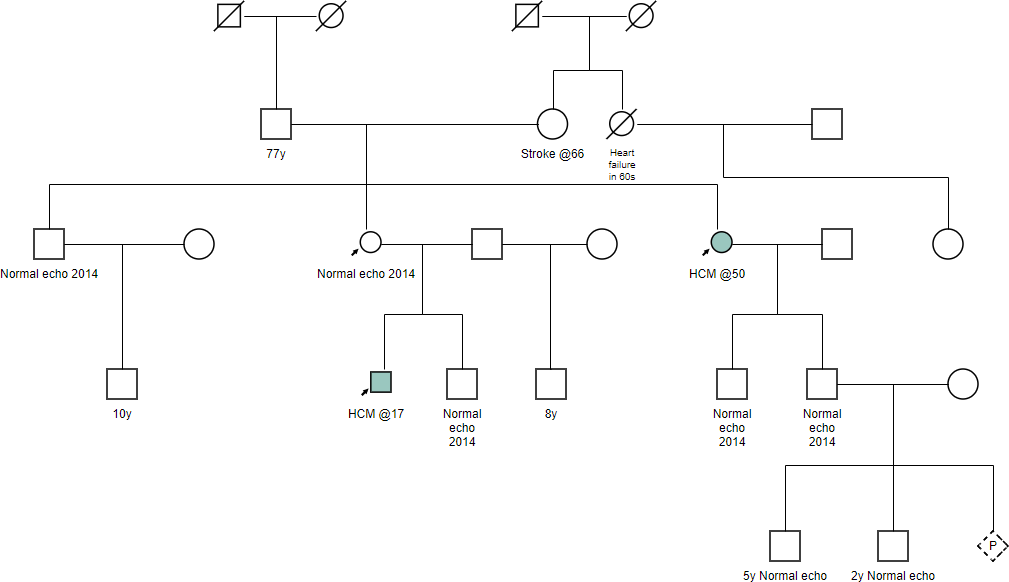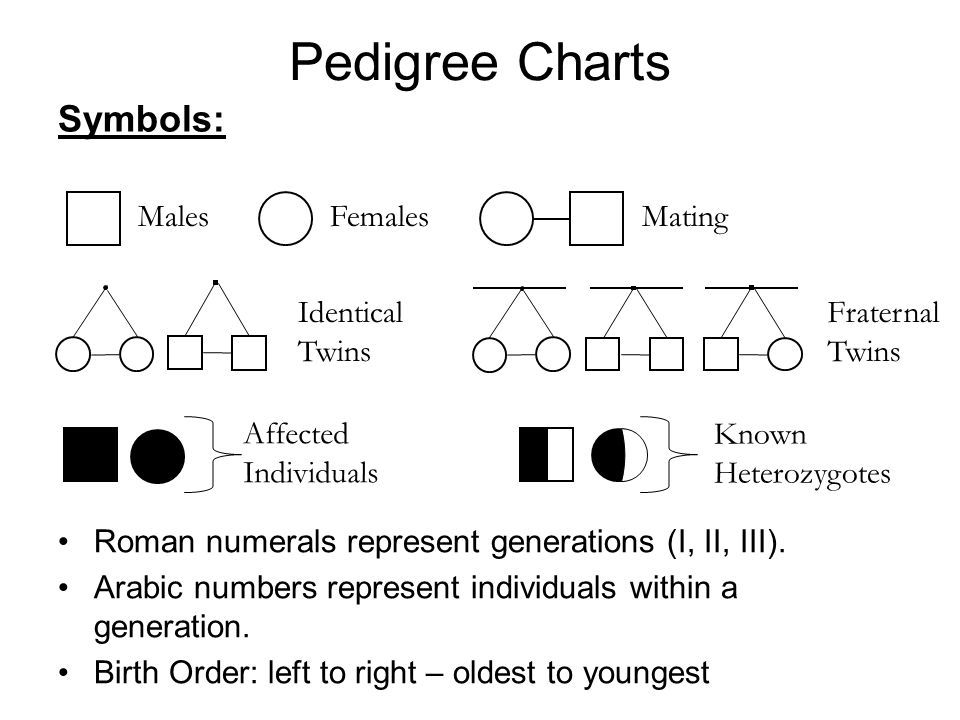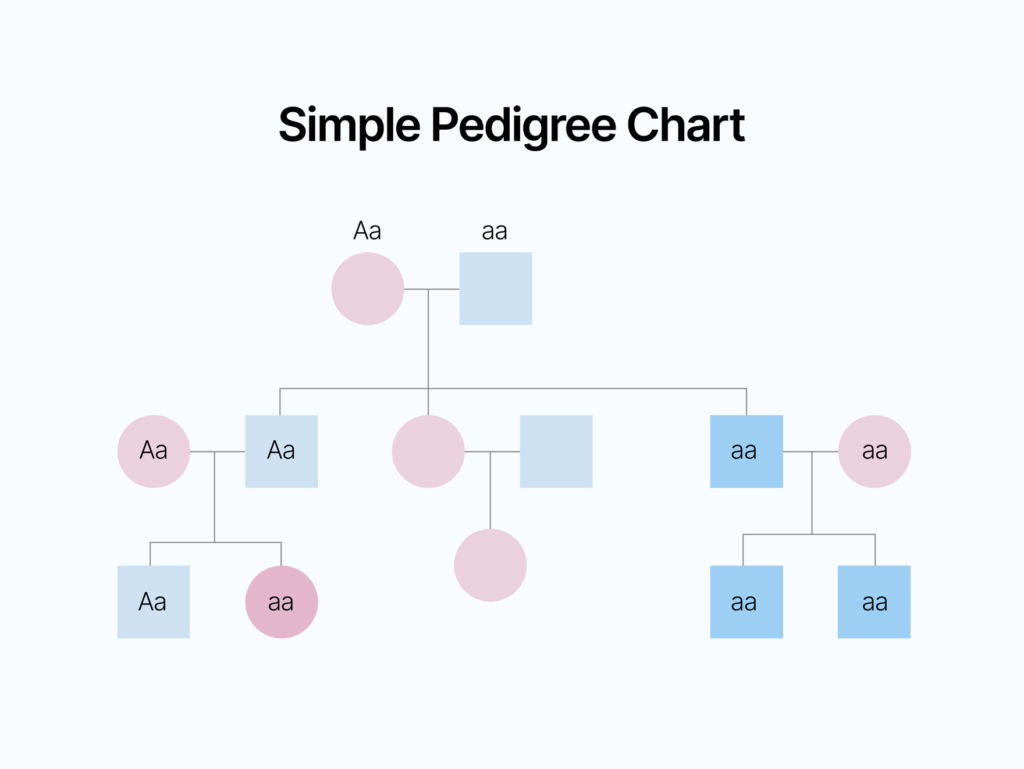When it comes to studying genetics and inheritance patterns in families, pedigree charts are invaluable tools. These charts provide a visual representation of an individual’s family tree, showing relationships between generations and highlighting the presence of specific traits or conditions. In a pedigree chart, each individual is represented by a symbol, with different symbols denoting various aspects such as gender, affected status, and genetic relationships.
One common scenario that can appear in a pedigree chart is the presence of twins. Twins can be identical (monozygotic) or fraternal (dizygotic), and their presence can provide valuable insights into the genetic makeup of a family. By understanding the patterns of inheritance and the presence of twins in a pedigree chart, researchers can uncover important information about genetic disorders, traits, and relationships within a family.
Twins In Pedigree Chart
Identifying Twins in a Pedigree Chart
Identifying twins in a pedigree chart is relatively straightforward, as they are typically represented by a diagonal line connecting two individuals. The symbol for twins may vary depending on the type of twins (identical or fraternal), but the diagonal line connecting the two individuals is a common feature. In some cases, twins may be labeled with a number or letter to differentiate between them, such as Twin A and Twin B.
When twins are present in a pedigree chart, it is important to consider their genetic connection and the implications for inheritance patterns. For example, if one twin is affected by a genetic disorder, it is possible that the other twin may also be affected due to their shared genetic makeup. Understanding the presence of twins in a pedigree chart can help researchers trace the inheritance of traits and conditions within a family more accurately.
The Impact of Twins on Genetic Studies
Twins play a crucial role in genetic studies, as they provide a unique opportunity to study the effects of genetics and environment on traits and conditions. Identical twins share 100% of their genetic makeup, making them ideal subjects for studying genetic influences on various traits. Fraternal twins, on the other hand, share approximately 50% of their genes, making them valuable for studying the interaction between genetics and environmental factors.
By analyzing pedigree charts that include twins, researchers can gain valuable insights into the inheritance patterns of specific traits and conditions within a family. Twins can help researchers identify genetic markers, study the heritability of certain traits, and uncover the underlying genetic mechanisms behind complex diseases. Overall, understanding the presence of twins in a pedigree chart can enhance the accuracy and depth of genetic studies and contribute to a better understanding of human genetics.
By incorporating the keyword “Twins In Pedigree Chart” throughout the article in a natural and informative way, this SEO-friendly content will help attract readers interested in learning about the genetic connections and implications of twins in pedigree charts.
Download Twins In Pedigree Chart
Pedigree Chart A Beginner S Guide Pedigree Chart Org Vrogue co
Free Pedigree Symbol dizygotic Twins Icons Symbols Images BioRender
Pedigree Chart Symbols A Visual Reference Of Charts Chart Master
Pedigree Chart Templates In PDF FREE Download Template



